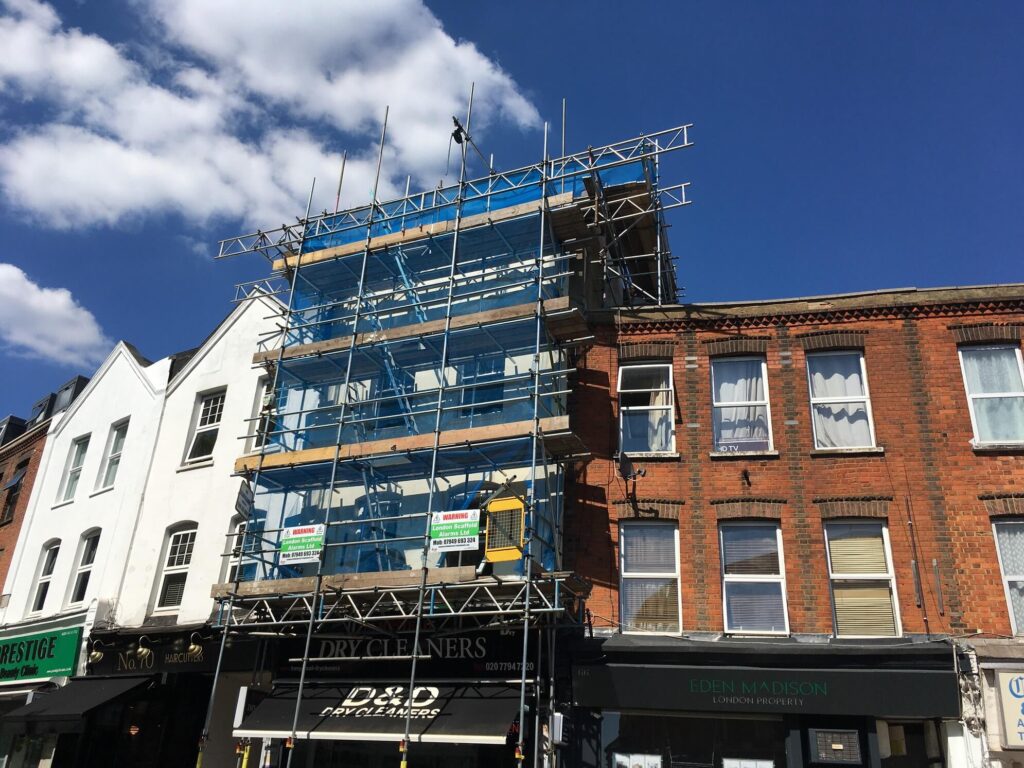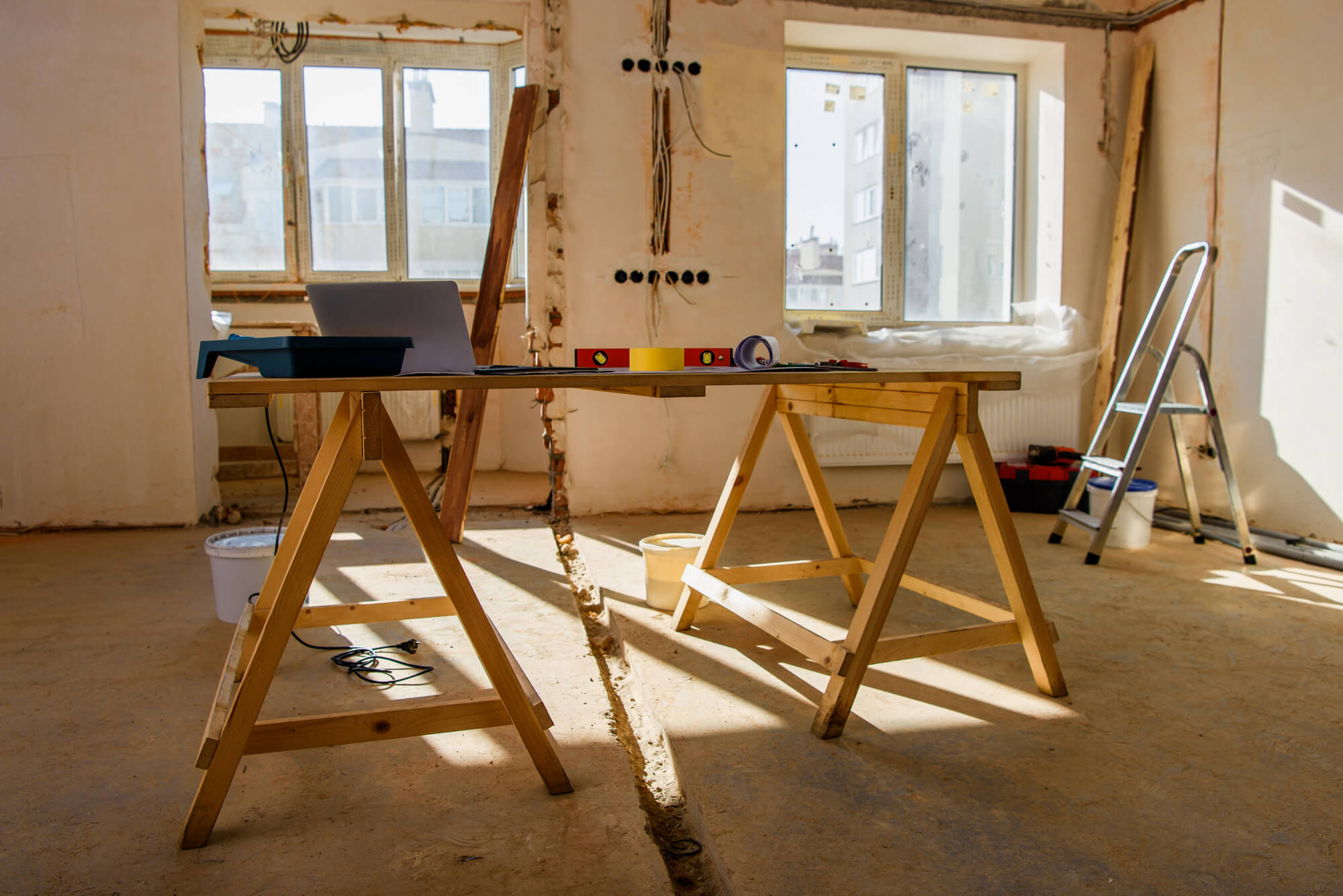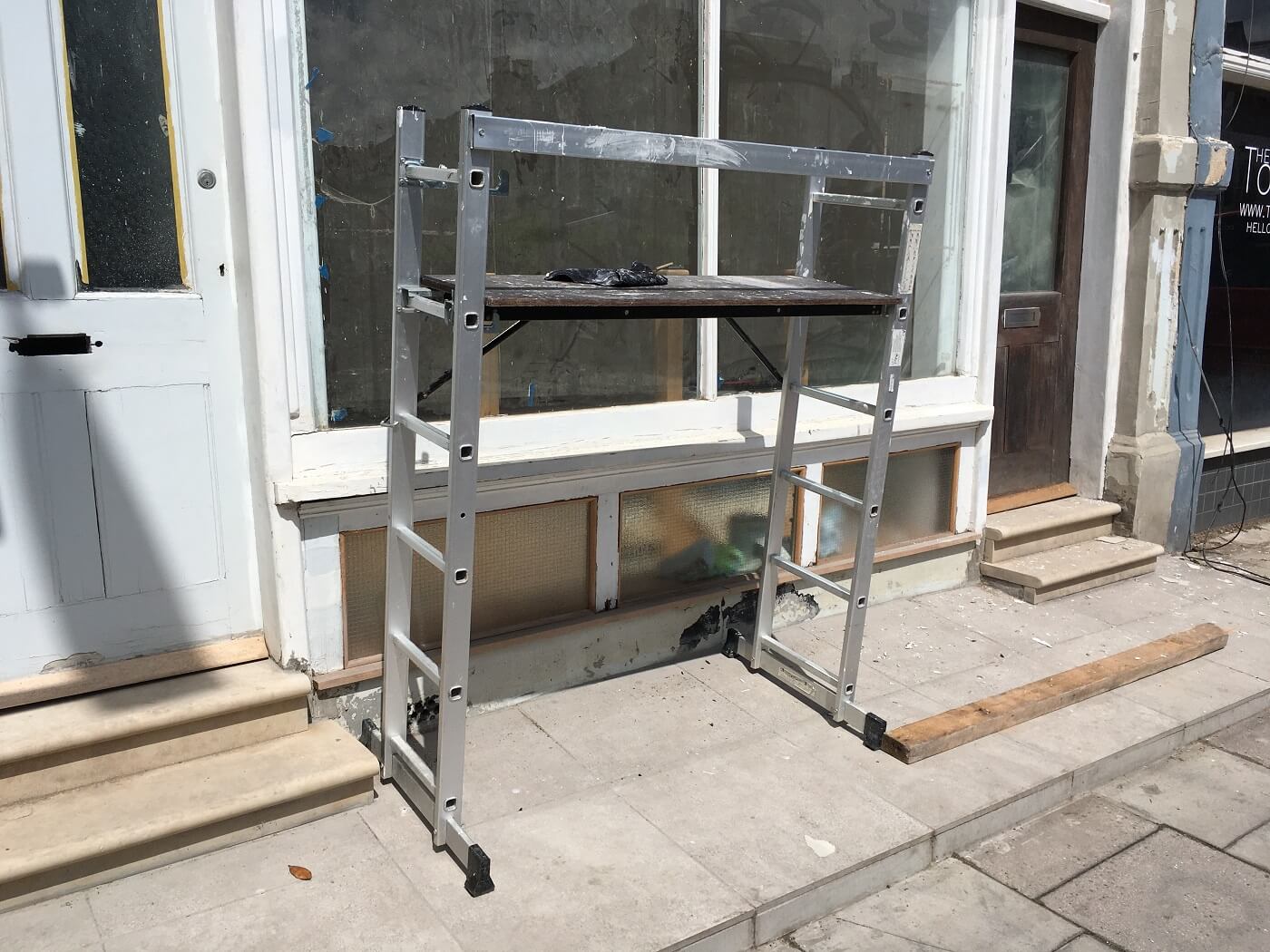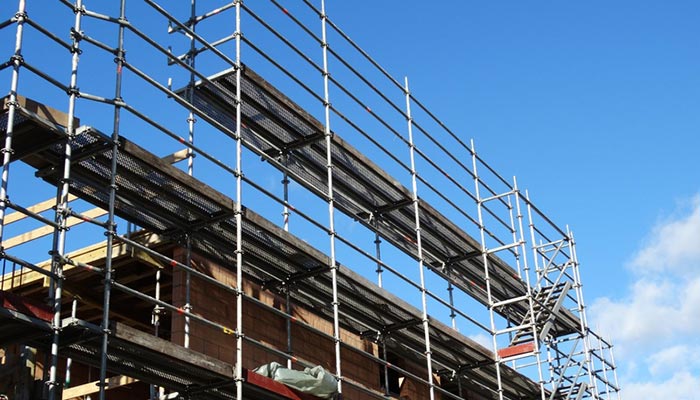Scaffolding is important for construction work because it helps the workers reach unreachable heights safely. Whether indoor or outdoor, the type of project you’re having will help determine the best scaffolding option. Four feet above a lower level is the recommended height for scaffolding. When it comes to construction work, the height requirement for scaffolding is at least six feet above a lower level. If the workers are working ten feet above a lower level, then they’re required to have fall protection.

Whenever you’re having either indoor or outdoor construction work, the type of scaffolding used will be different. Most of the time, ladders are more effective when you’re working indoors if you’re doing something simple like a paint job or fixing the ceiling. So, what impact does the work site have in the type of scaffolding you choose?
Indoor scaffolding
When it comes to indoor spaces, there’s usually little to no need for scaffold material unless you’re trying to access areas with high ceilings. Since the site is more predictable, it’s easier to prepare the working space.

A ladder comes in handy for indoor building activities although it is pretty unreliable if you have to use heavy tools. The rolling scaffold is quite a suitable option for indoor projects especially since the surface is smooth.
To avoid any accidents or injuries, you should always ensure the wheels are locked in place before you start using the scaffold. When it comes to the scaffolding height, it shouldn’t be more than four times the height of the shortest side of the scaffold’s base without being attached to another structure.
Outdoor scaffolding

With outdoor scaffolding, you have to consider a lot of things like the weather, type of work to be done, and the height you want to reach. You need to be diligent when setting up your scaffolding tower because you need to consider things like poor weather conditions being a risk to the safety of the structure.
Therefore, you need to hire an expert who will help with the erection, maintenance, and dismantling of the scaffolds. The safety of your workers should be paramount and ensuring the stability of the working platform is one way to ensure this.
There is need for additional safety precautions because the ground is usually uneven. For uneven surfaces, you can always opt for scaffolds that have adjustable base plates. The base plates allow the scaffold towers to be spread evenly over a great surface area. This way, it will be easier to use heavy tools too.
If the work needs to be done from a considerable height, then the suspended scaffolds can be a great option. It is also an ideal choice if the ground isn’t suitable to support any conventional scaffolding. For tall buildings, this type of scaffolding is suitable for things like safe window cleaning and painting among other things.

There are several scaffolding types that you can opt for but you’ll need guidance from an expert with extensive experience for you to make the right decision. The scaffolder will also be able to tell the right height for the scaffold to be installed.